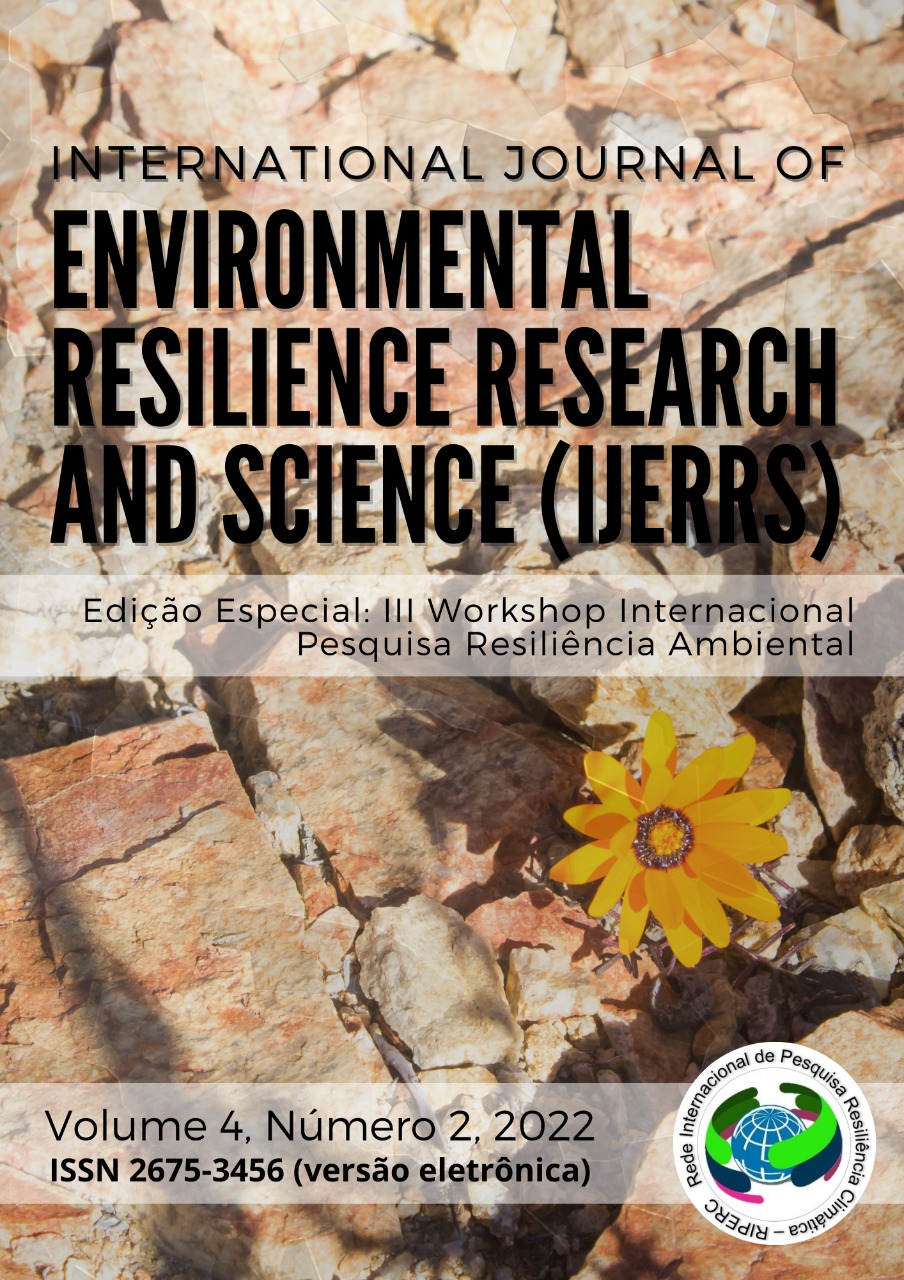BRAZILIAN PANORAMA OF THE ENERGY USE OF MUNICIPAL SOLID WASTE FOR THE GENERATION OF BIOGAS IN LANDFILL AREAS
DOI:
https://doi.org/10.48075/ijerrs.v4i2.26408Abstract
Consumerism is one of the consequences of capitalism, which together with population growth has contributed to the disorderly growth of waste generated daily. Biogas can be generated by several sources, including waste present in landfills, so it has been presented as a possibility to mitigate the energy needs of today's society. The main objective of this study is to present and discuss the energy use of solid urban waste for the production of biogas in landfill areas. It was found that sanitary landfills represent a technology for the treatment of urban solid waste, which has great possibilities for use, based on the efficient management of materials. Therefore, the energy use of biogas can be characterized as a source for the generation of energy and the possibility of using methane gas, which is a pollutant with a high global warming potential. Therefore, the use of biogas energy offers advantages both for public health and for the balance of the environment. However, a detailed study and project is needed, in order to identify the feasibility of the investment, possible obstacles in the adoption of this practice and future expectations regarding the energy use of biogas.
Published
How to Cite
Issue
Section
License
Copyright (c) 2022 International Journal of Environmental Resilience Research and Science

This work is licensed under a Creative Commons Attribution-NonCommercial-ShareAlike 4.0 International License.
Aviso de Direito Autoral Creative Commons
Política para Periódicos de Acesso Livre
Autores que publicam nesta revista concordam com os seguintes termos:
1. Autores mantém os direitos autorais e concedem à revista o direito de primeira publicação, com o trabalho simultaneamente licenciado sob a Licença Creative Commons Attribution que permite o compartilhamento do trabalho com reconhecimento da autoria e publicação inicial nesta revista.2. Autores têm autorização para assumir contratos adicionais separadamente, para distribuição não-exclusiva da versão do trabalho publicada nesta revista (ex.: publicar em repositório institucional ou como capítulo de livro), com reconhecimento de autoria e publicação inicial nesta revista.
3. Autores têm permissão e são estimulados a publicar e distribuir seu trabalho online (ex.: em repositórios institucionais ou na sua página pessoal) a qualquer ponto antes ou durante o processo editorial, já que isso pode gerar alterações produtivas, bem como aumentar o impacto e a citação do trabalho publicado (Veja O Efeito do Acesso Livre).
Licença Creative Commons
Esta obra está licenciada com uma Licença Creative Commons Atribuição-NãoComercial-CompartilhaIgual 4.0 Internacional, o que permite compartilhar, copiar, distribuir, exibir, reproduzir, a totalidade ou partes desde que não tenha objetivo comercial e sejam citados os autores e a fonte.









